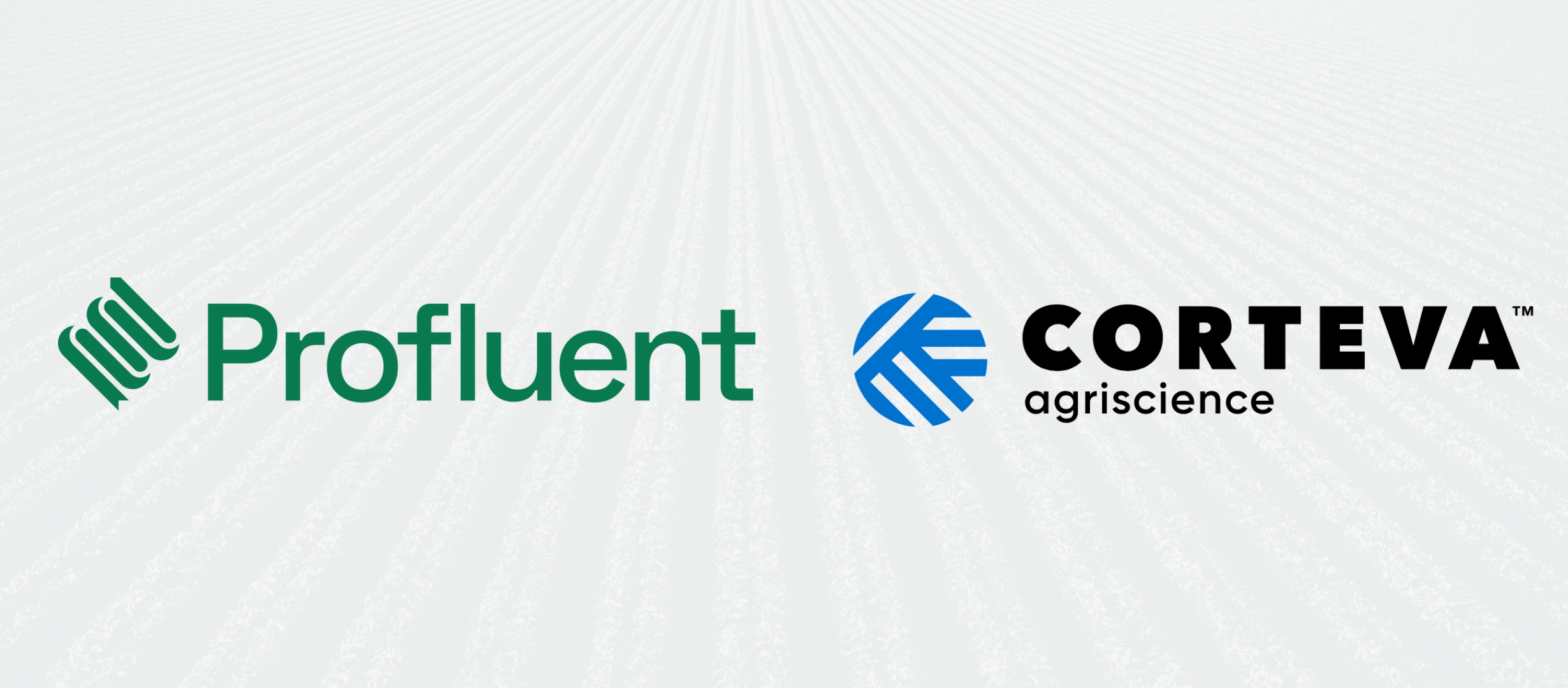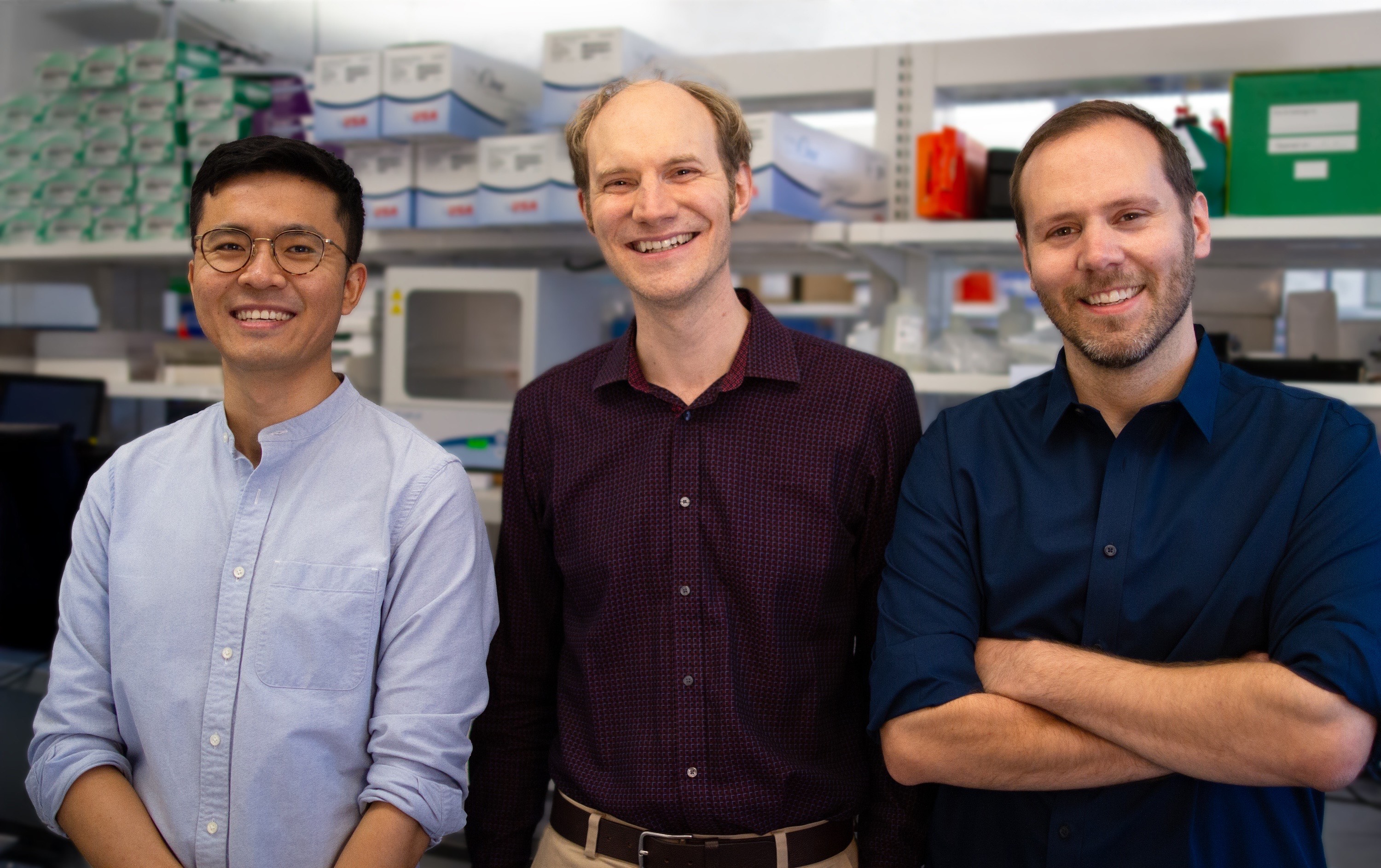From cell culture to table culture: Food tech comes alive
This story is brought to you by Twist Bioscience, which is providing innovators like the ones in this story with the custom DNA to create new sustainable food alternatives. To learn more about Twist Bioscience’s gene products, visit their webpage.Emily Leproust, CEO of Twist Bioscience, has always been fond of artisanal cheeses. “I don’t think synthetic biology could ever make brie as well as the French do,” Leproust says. ”Not even French synthetic biologists.” Being born in France as well as a leader in DNA synthesis, she probably knows what she’s talking about. She also knows that the time-honored methods of traditional agriculture are about to get a 21st-century boost.Cellular agriculture aims to produce animal proteins without the animals. It combines biology, engineering, and synthetic biology to design new ways of producing proteins, fats, and tissues in cell culture that would otherwise come from traditional agriculture, thus offering alternatives to animal food products. Companies like Clara are producing real egg whites without the yolk or the chicken, for example, or engineering them with properties to make the perfect souffle. Meat grown in fermenters can be engineered for higher protein, lower cholesterol, and better flavor. The assortment of cheeses that can be made is limited only by our imagination (or in some cases, one’s own personal microbiome). The key to this culinary magic is using genetically modified microbes that in turn make products with precisely defined characteristics. The goal is to produce food that is more environmentally friendly, more ethical, less expensive, and more delicious.The idea of using genetically engineered organisms as tiny factories was introduced by Genentech in 1978 when it started manufacturing synthetic human insulin using specially tweaked E. coli bacteria. Cellular agriculture was born just twelve years later, when biotech giant Pfizer brought fermentation-produced renin to market, a synthetic version of a cow gut enzyme used to make cheese. Today the vast majority of all cheese sold in the U.S. is made with it.Leproust is emphatic about the benefits of DNA editing in the food sector. “The development of synthetic DNA and the introduction of new phenotypic traits to plants which do not occur naturally in the species are enabling a series of breakthroughs relating to food crops and food security,” she said.Dozens of startups have begun leveraging synthetic DNA to produce a cornucopia of new foods and fragrances. Firms such as Conagen and Evolva brew vanillin, the principal flavor ingredient in vanilla and arguably the most popular aroma in the world. Brooklyn-based startup Afineur creates fermented coffee that is less acidic than regular coffee with brighter fruit and richer chocolate aromas. And don’t worry, our pets won’t be left behind in the food tech revolution: Vegan pet food could be a billion-dollar industry.

Only 1 percent of the world’s vanilla comes from forest orchids like this one, the other 99 percent coming from synthetic vanillin made using petrochemistry. Cellular agriculture produces a growing amount of the precious orchid ingredient, minus the fossil chemistry. Photo courtesy of Pkhun on Wikipedia.“We make EU-certified natural vanillin via fermentation processes,” says Conagen’s Matt Mattozzi. Because the process is fermentation and not petrochemistry, Conagen’s customers can label it as a natural flavor in their ingredient statements.Similarly, fragrances are key components in a huge range of products, from food to cosmetics to detergents and pharmaceutical products. Most fragrance compounds are still produced through chemical synthesis or extraction from plants. These methods can be expensive and are prone to disruptions due to weather, diseases or geopolitical issues. Not surprisingly, cellular agriculture is making inroads here as well. For example, Evolva has partnered with U.S. multinational International Flavors and Fragrances to distribute its products, while French fragrance and flavor manufacturer Robertet has teamed up with Ginkgo Bioworks. All of these companies use fermentation processes similar to brewing beer, but they instead use special-purpose yeasts or bacteria. For instance, synthetic dairy producer Perfect Day has developed a type of yeast that ferments sugar to produce the proteins casein and whey, the same ones found in traditional dairy products. Though Perfect Day originally set out to make animal-free dairy products such as yogurt and cheese, it is now expanding into the much bigger market for dairy proteins used in soups, sauces, condiments and baked goods. Flavors and fragrances were among the first products of cellular agriculture, but today the best known cellular agriculture concept is cultured meat. So-called “clean meat” is grown in the laboratory but is in every way identical to animal meat, and a number of companies are vying to meet the growing demand for delicious meat substitutes.

The Impossible Burger. Makes you hungry, no? Photo courtesy of Impossible Foods.Pioneers in this space such as Memphis Meats and MosaMeat are developing enhanced nutrient sources and next-generation bioreactors that will bring clean meat from the laboratory into large-scale commercial production. Impossible Foods and Beyond Meat are two other leaders in this race. Impossible Foods, which has attracted nearly $400 million in venture funding, uses genetically modified yeast to create heme-oozing burgers that the company claims are nearly indistinguishable from beef.Will cellular agriculture replace traditional food production? Not if biotech is culturally sensitive to consumer preferences and traditional practices.“The idea isn’t to replace traditional food production, but to provide more choices,” says Andy Hedgecock, an agricultural science and regulatory affairs professional. “There are many publics,” Hedgecock reminds, with diverse cultural, religious, political, and personal backgrounds, and some groups may more inclined than others toward cellular agriculture products. “Millenials appear more open to food biotechnology, for example.” The point, he says, is to engage with all groups about the impacts and nature of emerging food tech.

Where do traditional farm producers fit into all this? Photo by Agence Producteurs Locaux Damien Kühn on UnsplashPerhaps farmers should be at the top of biotech’s outreach list, as some in the agriculture community feel that the tech industry is at times naive about the real challenges of producing food, even as many farmers are eager to adopt promising new tech and biotech. In addition, as morally gratifying as the term “clean meat” may seem among well-meaning environmentalists , the term rankles and disparages the very food producers who may well become the engine of the cellular agricultural economy.And what about consumers? Will they even buy these alternative foods? Probably yes, according to polls, which also indicate -- perhaps surprisingly -- that “going green” is a secondary consideration for most consumers. “Good price and good taste is what matters,” says Hedgecock. “Everything else is just icing on the cake.”The key ingredient in all cellular agriculture is synthetic DNA. By taking the desirable features of plant and animal proteins and then magnifying them or making them more efficient, cellular agriculture can produce foods that are cleaner, healthier, and tastier. For Leproust, the benefits of DNA editing in the food sector are readily apparent. “Using synthetic DNA and introducing new phenotypic traits to plants and animal proteins which don’t occur naturally in the species is resulting in a series of breakthroughs that are resulting in foods that a larger portion of the population can enjoy."As food tech provides more options and improved alternatives, they will become a growing choice among chefs, artisanal food purveyors, foodies, and the rest of us. After all, there is no substitute for fine ingredients.This story was brought to you by Twist Bioscience. You can learn more about how the synthetic biology community is helping produce sustainable food on the Twist Bioscience blog.Emily Leproust will be speaking at the SynBioBeta 2018 Global Synthetic Biology Summit in San Francisco, October 1–3, as part of the Synthetic Biology Week. Register now!



.svg)










.jpg)

.gif)